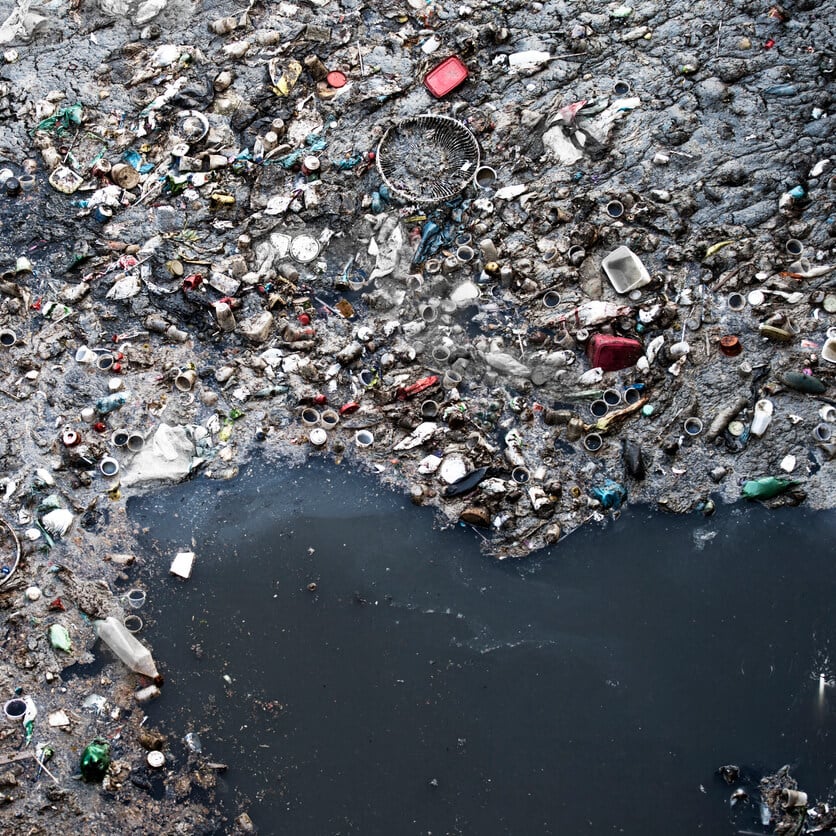A new 2019 study from the EWG has been released, and the results are harrowing.
Nearly three fourths of Americans drink tap water at least some of the time. Of those, 55% are concerned about tap water contamination. Concerns are based on everything from the taste of the water to national news reports of serious tap water contamination. But for the average American, are tap water fears founded?
We analyzed the water quality in up and coming U.S. cities using the Environmental Working Group (EWG) Tap Water Database. The database is a free online tool that can be used by anyone to search water quality by zip code. The statistics on water toxins were provided by public health and environmental agencies across the US and compiled into a master database that, according to the EWG, exceeds the quality of consumer reports because it reports total toxins detected instead of a yearly average, which doesn’t accurately reflect seasonal spikes. It was most recently updated in 2017.
You can check your water quality here and compare it to the top 5 fastest-growing cities (according to USA Today) analyzed below:
5. Greeley, Colorado
Greeley, CO, just north of Denver, boasts a thriving economy based in agriculture. Greeley water is provided by North Weld County, WD, which also serves Fort Collins. Greeley water only had two contaminants detected above health guidelines — impressive!
- 2010-2017 population change: +19.8% (from 254,182 to 304,633)
- In violation of federal water standards: No
- Number of contaminants above health guidelines: 2
- Total contaminants detected: 11
When you enter a zip code into the EWG database, it provides you with one list of contaminants detected above health guidelines (left) and one list of contaminants present but within acceptable range (right).
Of the two contaminants that were found to be above health guidelines, chlorite and trihalomethanes (TTHMs), only TTHMs seemed a tad high.
The database reports that trihalomethanes are known to cause cancer and aren’t additives but rather form during water treatment with chlorine and other disinfectants. Greeley water has 49.0 ppb, while the public health goal defined by the California Office of Environmental Health Hazard Assessment is a mere 0.8 ppb.
Because treatment with chlorine is a public health mandate that keeps infections from being spread in the public water supply, chlorine byproducts like TTHMs are something that the average American can safely assume is in their tap water supply to some extent.
Read More: The portable GoPure Pod removes chlorine and coliform bacteria from tap water.
4. Midland, Texas
Midland is an oil industry center, boasting a booming economy and West Texas charm, but many residents don’t drink from the tap — and it looks like their fears are founded. From 2011 to 2014, arsenic (carcinogen) levels were above the legal limit. There was no arsenic detected in late 2015, however.
- 2010-2017 population change: +20.4% (from 141,788 to 170,675)
- In violation of federal water standards: Yes
- Number of contaminants above health guidelines: 12
- Total contaminants detected: 30
Notable contaminants in Midlands water include TTHMs, including chloroform, hexavalent chromium, vanadium and strontium.
Strontium is a heavy metal that accumulates in the bones and can harm bone health. Midland water exceeds the Environmental Protection Agency’s (EPA’s) health testing benchmark by over 1600 ppb.
Strontium contamination in tap water is often a result of industrial byproducts in the groundwater or wastewater; high amounts are usually found in cities with a heavy industrial presence, but it can also be naturally occurring.
3. Austin, Texas
Austin has been steadily attracting new residents through its cultural richness and diverse economy.
- 2010-2017 population change: +22.5% (from 1,727,495 to 2,115,827)
- In violation of federal water standards: No
- Number of contaminants above health guidelines: 8
- Total contaminants detected: 24
Below the list of specific contaminants found in a city’s water supply, you can learn more about the source of those contaminants. Austin’s water seems to be fairly safe — except for the presence of water treatment byproducts. But Austin residents shouldn’t rush out to buy bottled water, which has been shown to be treated municipal water monitored by the FDA instead of the stricter EPA.
2. Myrtle Beach-Conway, South Carolina
Long known as a tourism destination, Myrtle Beach attracts new residents with its affordable coastal location. The tap water in Myrtle Beach does not boast the best taste, according to comments on Trip Advisor. But does that mean it’s usafe?
- 2010-2017 population change: +22.6% (from 378,506 to 464,165)
- In violation of federal water standards: No
- Number of contaminants above health guidelines: 6
- Total contaminants detected: 21
All six of the contaminants found in the tap water supply are treatment byproducts, which was a common thread in all of the fastest growing cities we analyzed.
Interestingly, Myrtle Beach tap water has a fairly high quantity of fluoride. At 0.848 ppm, the fluoride concentration is within health guidelines but is higher than the EPA’s recommended amount of 0.7 ppm. Excess fluoride is known to cause fluorosis (browning and streaking of the teeth) and may interfere with nervous system development.
The GoPure Pod removes fluoride from tap water, up to 97%.
1. The Villages, Florida
The Villages, located in Southeastern Florida, is a charming, high-income town that attracts retirees with its moderate climate and pristine landscaping. The Villages tap water contains only 9 contaminants above health guidelines and is in compliance with federal regulations.
- 2010-2017 population change: +32.8% (from 94,279 to 125,165)
- In violation of federal water standards: No
- Number of contaminants above health guidelines: 3
- Total contaminants detected: 9
The primary concern residents of The Villages should have about their tap water is the presence of hexavalent chromium and radiological isotopes. When we clicked the Radium 226 link, the EWG gave a breakdown of test results to show that, while the levels were far greater than the California Office of Environmental Health Hazard Assessment’s health goal, they were still within the legal limit.
Should Americans be Concerned About Tap Water Quality?
Tap water quality is an important issue in any town or city — not just the fastest growing — but it’s still noteworthy to compare the areas of America considered today’s “hot spots.”
While it’s reassuring to see the guidelines in place by the EPA to protect Americans from contaminants, it was also troubling to see that the U.S. water treatment protocols are less than optimal. Many contaminants are a result of water chloridation, a federal mandate, while other contaminants are only monitored, not regulated, by the EPA.
The average American can safely choose to drink tap water over bottled water (after checking to ensure their water provider is in compliance with federal regulations, of course). Bottled water is less regulated and more expensive than tap water; plus, it produces a huge burden of waste.
The best choice, however, is to take the extra step with your tap water with a water filter at home and on the go. This protects your body from tap water contaminants and their effects on your health over time.









